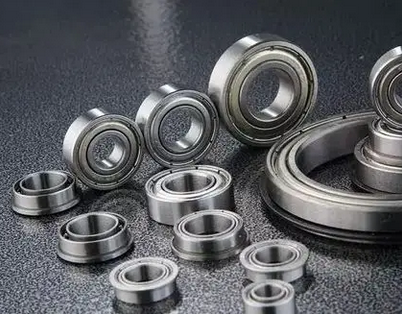The function of bearings in sewage pumps
The main functions of the bearings of the sewage pump include the following:
1. Support the rotating shaft: The bearing is an important part of the rotating part of the pump. It supports the rotating shaft so that it can rotate freely in the pump casing, thereby realizing the pumping function of the pump.
2. Reduce friction: During the operation of the pump, the friction between the rotating shaft and the bearing will generate heat energy, which will not only reduce the efficiency of the pump, but also aggravate mechanical wear. The bearing greatly reduces the friction loss by reducing the direct contact between the rotating shaft and the casing, thereby improving the working efficiency.
3. Share the load: Due to the pressure of the liquid in the pump body, a large axial and radial load will be generated on the rotating part of the pump. In this case, the bearing acts as a load-bearing device, sharing part of the load and improving the load-bearing capacity of the pump.
4. Wear resistance and sand resistance: For sewage pumps, due to the particularity of the working environment, the bearing needs to have the ability to resist sand wear. Rubber bearings and other materials are widely used in sewage pumps, which helps to solve the problems of low efficiency, high cost operation and bearing and shaft wear.

5. Balance axial thrust: Thrust bearings can balance and disperse the axial thrust generated by the pump rotor during the flow of liquid, ensuring the smooth operation of the pump rotor. This balancing effect not only reduces the vibration and noise of the pump, but also improves the smoothness and reliability of the pump.
6. Extend service life: Suitable bearing selection and proper lubrication can reduce friction and wear, thereby extending the service life of the bearing. This is especially important for sewage pumps, because long-term operation in harsh environments can easily lead to bearing damage.
In summary, the bearings of sewage pumps play an important role in supporting the shaft, reducing friction, sharing loads, resisting wear and sand, balancing axial thrust, and extending service life.




